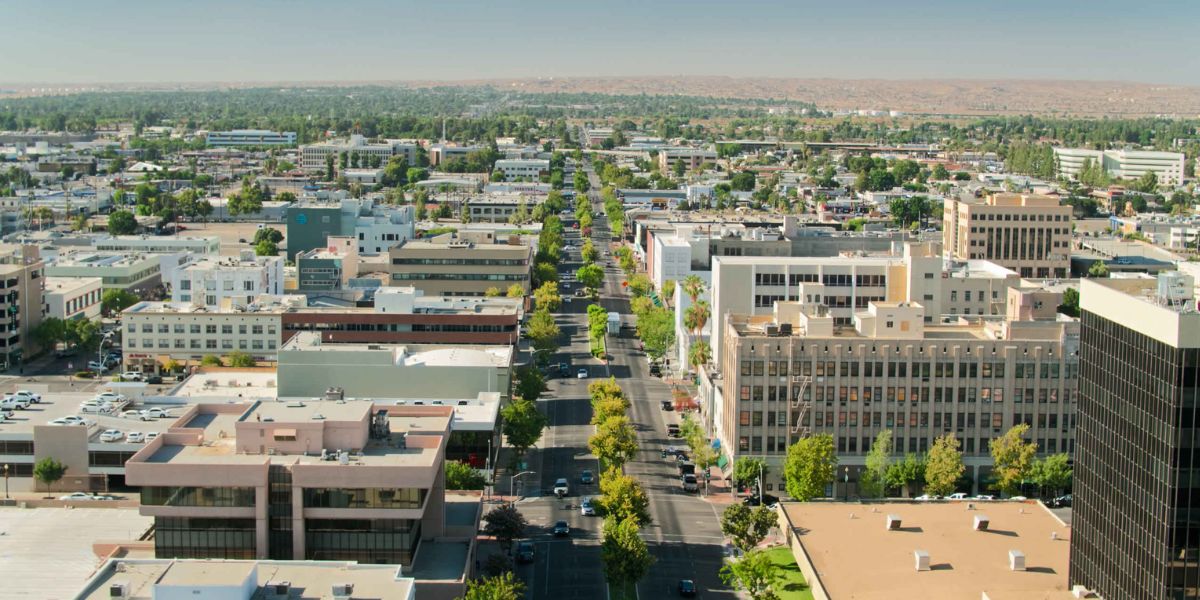As the cost of living continues to rise in many urban areas across the United States, some cities have taken bold steps to ensure workers can earn a living wage.
By implementing minimum wage rates well above the federal standard of $7.25, these cities aim to help workers keep up with housing, transportation, and other essential expenses. Here’s a look at the five U.S. cities with the highest minimum wages and how their wage rates impact the cost of living for residents.
1. Seattle, Washington – $18.69 Per Hour
Seattle leads the nation with one of the highest minimum wages, set at $18.69 per hour as of 2024. The city implemented its tiered minimum wage structure back in 2015, and it has been increasing annually based on inflation and cost-of-living adjustments.
Large employers (with 501 or more employees) must pay the full $18.69 rate, while smaller employers can pay slightly less if they provide health benefits.
The high minimum wage in Seattle is a reflection of the city’s booming tech industry and rapid population growth, both of which have driven up housing costs significantly.
The median rent for a one-bedroom apartment in the city is well over $2,000 per month, making the higher minimum wage essential for workers to afford basic living expenses. Despite the higher pay, many workers still find it challenging to make ends meet in one of the most expensive housing markets in the country.
2. San Francisco, California – $18.07 Per Hour
San Francisco, another tech hub, follows closely behind Seattle with a minimum wage of $18.07 per hour. The city has long been a leader in progressive labor policies, and its high minimum wage is part of its commitment to reducing income inequality. The wage rate applies to all employers, regardless of size, and is adjusted annually for inflation.

However, like Seattle, San Francisco’s high wages are offset by an even higher cost of living. San Francisco is one of the most expensive cities in the U.S., with the average rent for a one-bedroom apartment soaring above $3,000 a month. The high minimum wage provides some relief to workers, but many still struggle to keep up with housing and other living expenses in this highly competitive city.
3. Denver, Colorado – $17.29 Per Hour
Denver has emerged as one of the cities with the highest minimum wages in recent years, setting the rate at $17.29 per hour in 2024. The city’s minimum wage law, enacted in 2020, calls for annual increases to keep pace with the local cost of living. Denver’s booming economy, driven by industries such as aerospace, technology, and tourism, has brought both opportunity and higher living costs.
SEE MORE –
Booming Texas: These Five Cities Are Among the Fastest Growing in America
While Denver’s minimum wage is among the highest in the country, the city’s housing market has become increasingly competitive. Rent for a one-bedroom apartment averages around $1,800 per month, meaning that even at $17.29 an hour, workers may struggle to save or cover unexpected expenses. The city’s focus on raising wages is part of an effort to balance rapid economic growth with rising living costs.
4. Los Angeles, California – $16.90 Per Hour
As one of the largest cities in the U.S., Los Angeles has taken significant steps to ensure that workers are paid more than the federal minimum wage. In 2024, Los Angeles’ minimum wage stands at $16.90 per hour for all employees, regardless of the size of their employer. The city’s wage policies are designed to help mitigate the high cost of living, which has been driven up by demand for housing and the city’s vast entertainment and tech industries.
Housing in Los Angeles remains a major challenge for low-wage workers, with the average rent for a one-bedroom apartment hovering around $2,300 per month. The city’s high minimum wage is intended to help workers afford basic necessities, but for many, it still falls short of covering the high costs of living in LA’s competitive rental market.
5. New York City, New York – $15.00 Per Hour
While New York City’s minimum wage of $15.00 per hour may not seem as high as some of the other cities on this list, it’s important to note that this rate was one of the earliest increases among major U.S. cities. New York implemented a $15 minimum wage for large employers in 2018, setting a precedent for other cities to follow suit. Smaller employers and fast-food workers also benefit from the $15 minimum wage.
Despite the wage increase, New York remains one of the most expensive cities in the world, with sky-high rents and a general cost of living that far outpaces the national average. The average rent for a one-bedroom apartment in Manhattan is over $4,000 a month, making even a $15 wage feel insufficient for many residents. However, for workers in fast food, retail, and other traditionally low-paying industries, the increase from the federal minimum wage to $15 per hour represents a significant improvement in income.
The Balance Between Wages and Cost of Living
While these cities lead the way in providing higher minimum wages, the challenge for many workers is that the increased pay often doesn’t fully offset the higher costs of housing, transportation, and healthcare in urban environments. In cities like San Francisco, Seattle, and New York, even a higher wage can feel inadequate given the skyrocketing rent prices and other living expenses.
Moreover, cities with high minimum wages tend to attract a larger workforce, which can drive up housing demand and costs even further. Despite the wage increases, affordability remains a pressing issue in many of these cities, particularly for workers in the service and retail industries who may struggle to find affordable housing.
Conclusion
The cities with the highest minimum wages, such as Seattle, San Francisco, and Denver, are setting a strong example of how local governments can support workers by providing higher pay in response to the cost of living. However, the real challenge lies in ensuring that these wages can keep pace with the rapid rise in housing and other essential costs.
While a high minimum wage is a step in the right direction, further efforts are needed to address the broader affordability issues facing many workers in these urban centers.




